Central Park's Waterways: From Reservoirs to Lakes and Streams, a Journey through the Park's Aquatic Landscape
Central Park is not just a lush green oasis in the heart of New York City; it's also home to several waterways that contribute to its serene and tranquil atmosphere. From the iconic Jacqueline Kennedy Onassis Reservoir to the lesser-known streams and ponds, Central Park's aquatic landscape is a vital aspect of its natural beauty.
One of the most prominent waterways in Central Park is the Jacqueline Kennedy Onassis Reservoir, located in the centre of the park. Named in honour of the former First Lady, the reservoir spans over 106 acres and holds over one billion gallons of water. The reservoir is a popular spot for jogging, walking, and cycling, and offers stunning views of the city skyline.
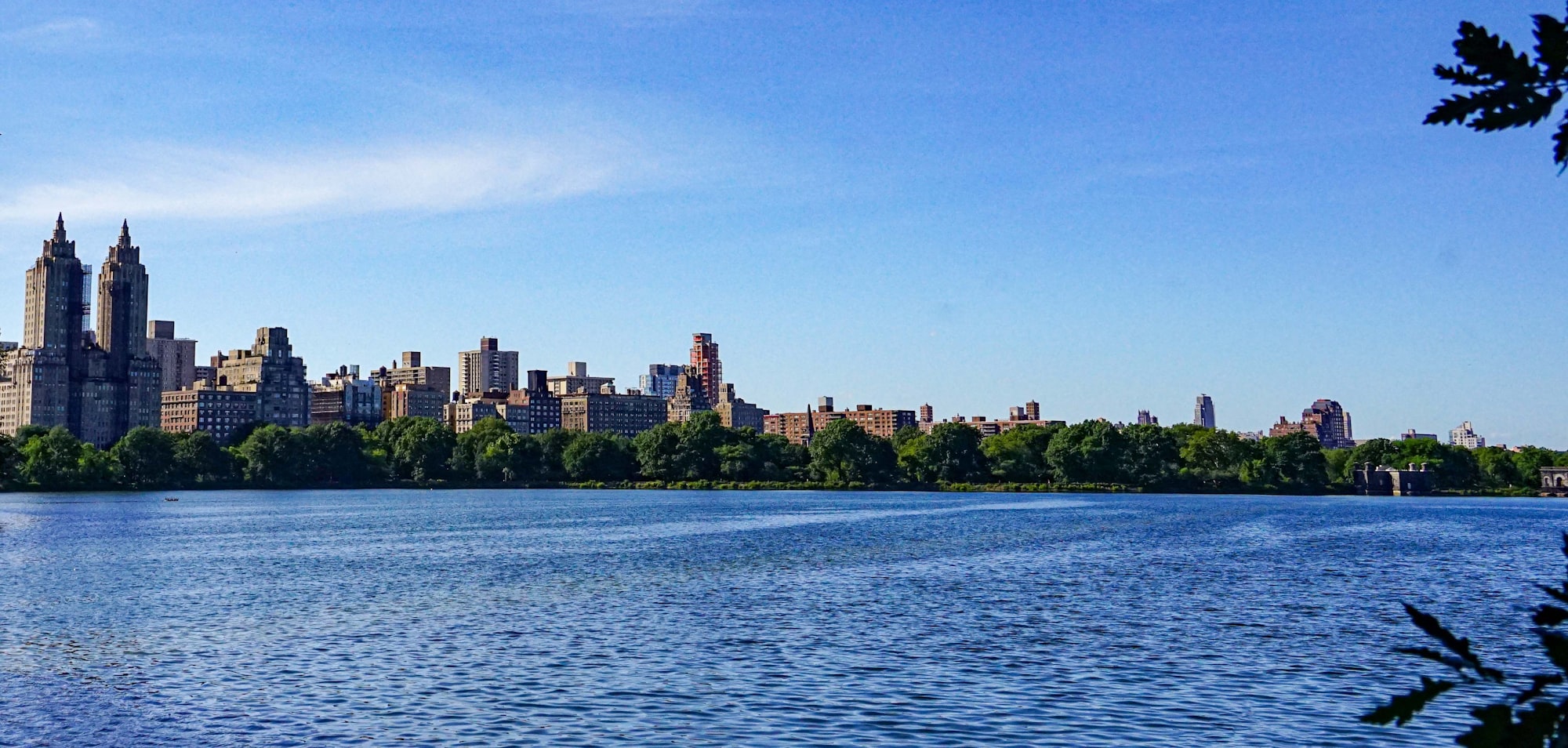
Another notable body of water in Central Park is the Central Park Lake, located near the Bethesda Terrace and Fountain. The lake spans over 20 acres and is home to several species of fish, including bass and sunfish. Visitors can rent rowboats and explore the lake at their leisure, taking in the picturesque views of the park's iconic landmarks along the way.
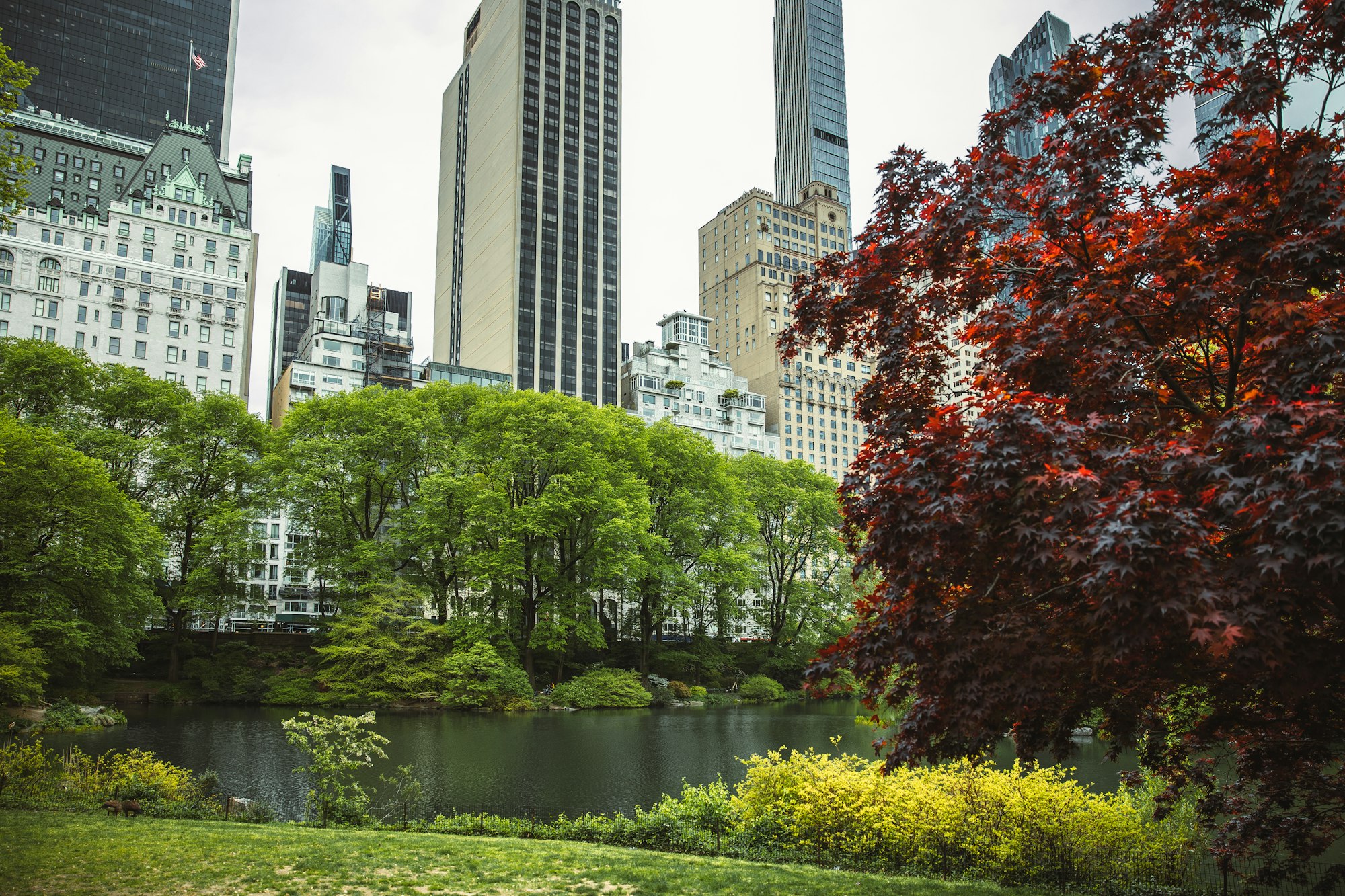
Central Park's waterways also include several streams and ponds that add to the park's natural beauty. The Loch, for example, is a peaceful stream that winds its way through the North Woods, providing a serene escape from the city's hustle and bustle. Visitors can also enjoy the tranquil Lily Pond, located near the Conservatory Garden, which is home to several species of water lilies.

Whether you're looking to enjoy a peaceful walk around the reservoir or explore the park's hidden waterways, Central Park's aquatic landscape is a vital aspect of its beauty and charm. Stay tuned for the next part of the article, where we will explore the history of the park's waterways and their importance to the park's ecosystem.
Central Park's waterways are not just a beautiful aspect of the park's landscape; they also play a crucial role in the park's ecosystem. The creation of these waterways was an important part of the park's design, as they were intended to serve both functional and aesthetic purposes.
The Jacqueline Kennedy Onassis Reservoir, for example, was built in the late 19th century as part of the Croton Aqueduct system, which brought fresh water to New York City from upstate New York. The reservoir served as a crucial source of drinking water for the city for many years, and it continues to play an important role in the city's water supply system today.
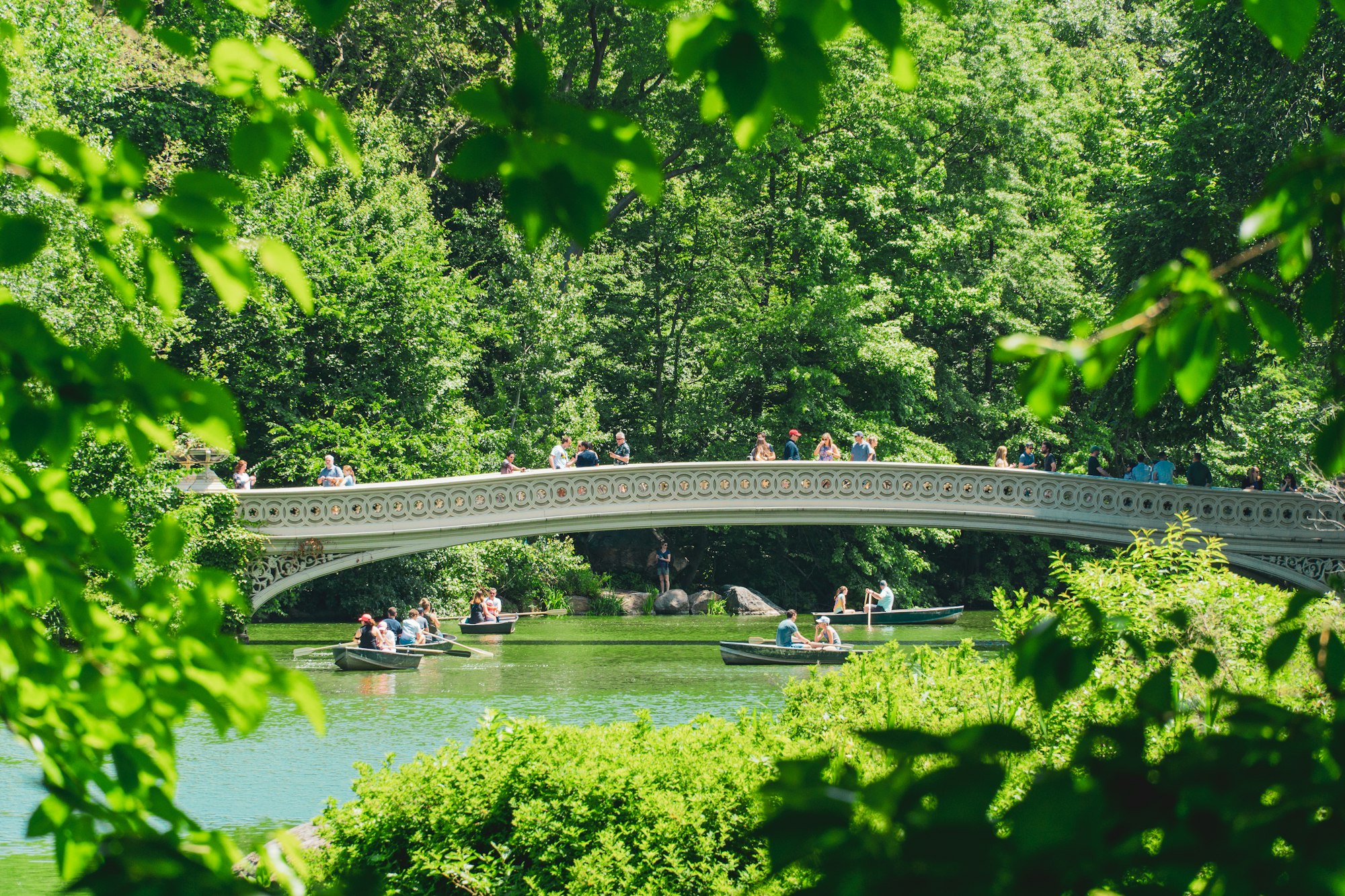
The Central Park Lake, on the other hand, was created primarily for aesthetic purposes. The lake was designed to complement the Bethesda Terrace and Fountain, which were built in the 1860s as part of the park's original design. The lake's tranquil waters and stunning views of the park's iconic landmarks make it a popular spot for visitors and locals alike.
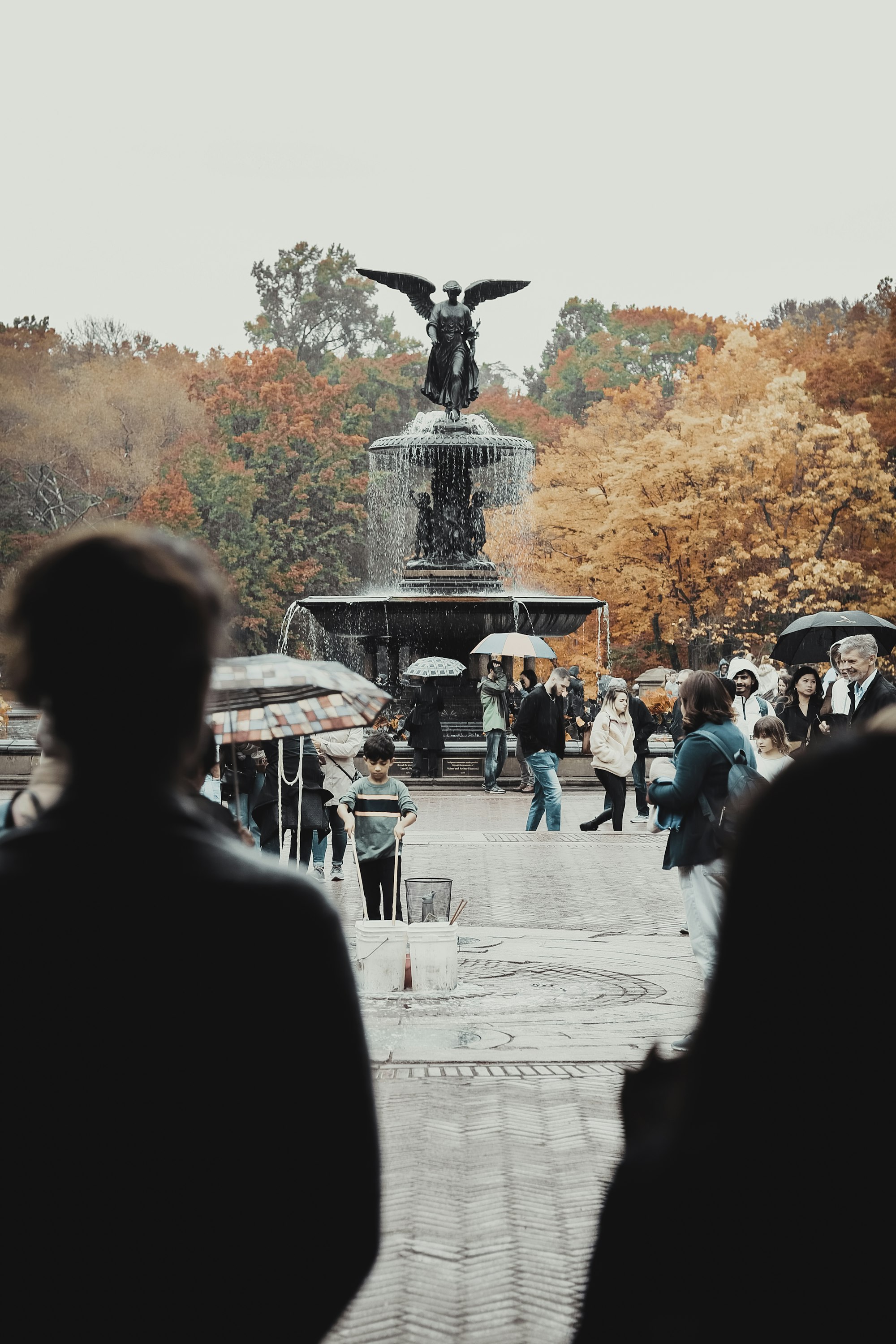
Central Park's smaller waterways, such as the streams and ponds, also serve important ecological functions. These bodies of water provide habitats for numerous species of plants and animals, and they contribute to the park's overall biodiversity. The streams and ponds also help to regulate the park's water levels, preventing flooding and erosion during heavy rainfalls.
Overall, Central Park's waterways are a vital part of its landscape and history. From the functional reservoir to the picturesque lake and streams, these bodies of water add to the park's natural beauty and play important roles in its ecosystem. In the next part of the article, we will explore the recreational opportunities that Central Park's waterways offer, from rowing and fishing to ice-skating and birdwatching.
In addition to their ecological and historical importance, Central Park's waterways also offer a variety of recreational opportunities for visitors to enjoy. Whether you prefer to be out on the water or simply enjoy its tranquil beauty from the shoreline, there's something for everyone to enjoy.
One popular activity on Central Park's waterways is rowing. The Central Park Lake is home to the Loeb Boathouse, which offers rowboat and gondola rentals from April through November. Visitors can rent a boat and explore the lake at their own pace, taking in the stunning views of the park's iconic landmarks and wildlife.

For those who prefer to stay on dry land, the shoreline of the Central Park Lake offers plenty of opportunities for relaxation and recreation. Visitors can take a stroll along the lake's many paths, enjoying the scenic views and fresh air. They can also bring a picnic lunch and enjoy a meal by the water's edge.
Fishing is another popular activity on Central Park's waterways, particularly at the Harlem Meer and the Central Park Pond. These bodies of water are stocked with a variety of fish species, including bass, carp, and sunfish. Visitors can bring their own equipment or rent fishing gear from the Harlem Meer Fishing Clinic.

In the winter, Central Park's waterways offer a unique opportunity for ice-skating. The Central Park Conservancy operates two ice-skating rinks in the park during the winter months, one at the Trump Wollman Rink and the other at the Lasker Rink. Skaters can enjoy the park's picturesque winter scenery while gliding across the ice.
Finally, Central Park's waterways are also popular destinations for birdwatchers. The park's many streams, ponds, and lakes provide habitats for a variety of bird species, including ducks, geese, herons, and hawks. Visitors can bring binoculars and a field guide to identify the different species they encounter.
In conclusion, Central Park's waterways offer a wealth of recreational opportunities for visitors to enjoy. From rowing and fishing to ice-skating and birdwatching, there's something for everyone to experience on the park's beautiful aquatic landscape.
As one of the largest urban parks in the world, Central Park plays an important role in preserving the natural beauty and ecological diversity of New York City. Over the years, the park's waterways have faced a number of challenges, including pollution and habitat destruction. To address these issues, the Central Park Conservancy has undertaken a number of conservation efforts aimed at restoring and protecting the park's aquatic landscape.
One major conservation effort has been the restoration of the Harlem Meer. In the 1980s, the Meer was severely impacted by pollution, and its water quality was poor. However, through the efforts of the Conservancy and its partners, the Meer has been transformed into a thriving ecosystem, with improved water quality and a diverse array of aquatic species.

Another conservation effort has been the restoration of the Loch. This stream was heavily impacted by erosion and sedimentation, which damaged its aquatic habitat and threatened its ecological health. The Conservancy worked to stabilize the stream's banks and remove excess sediment, which helped to improve water quality and restore the stream's natural flow.
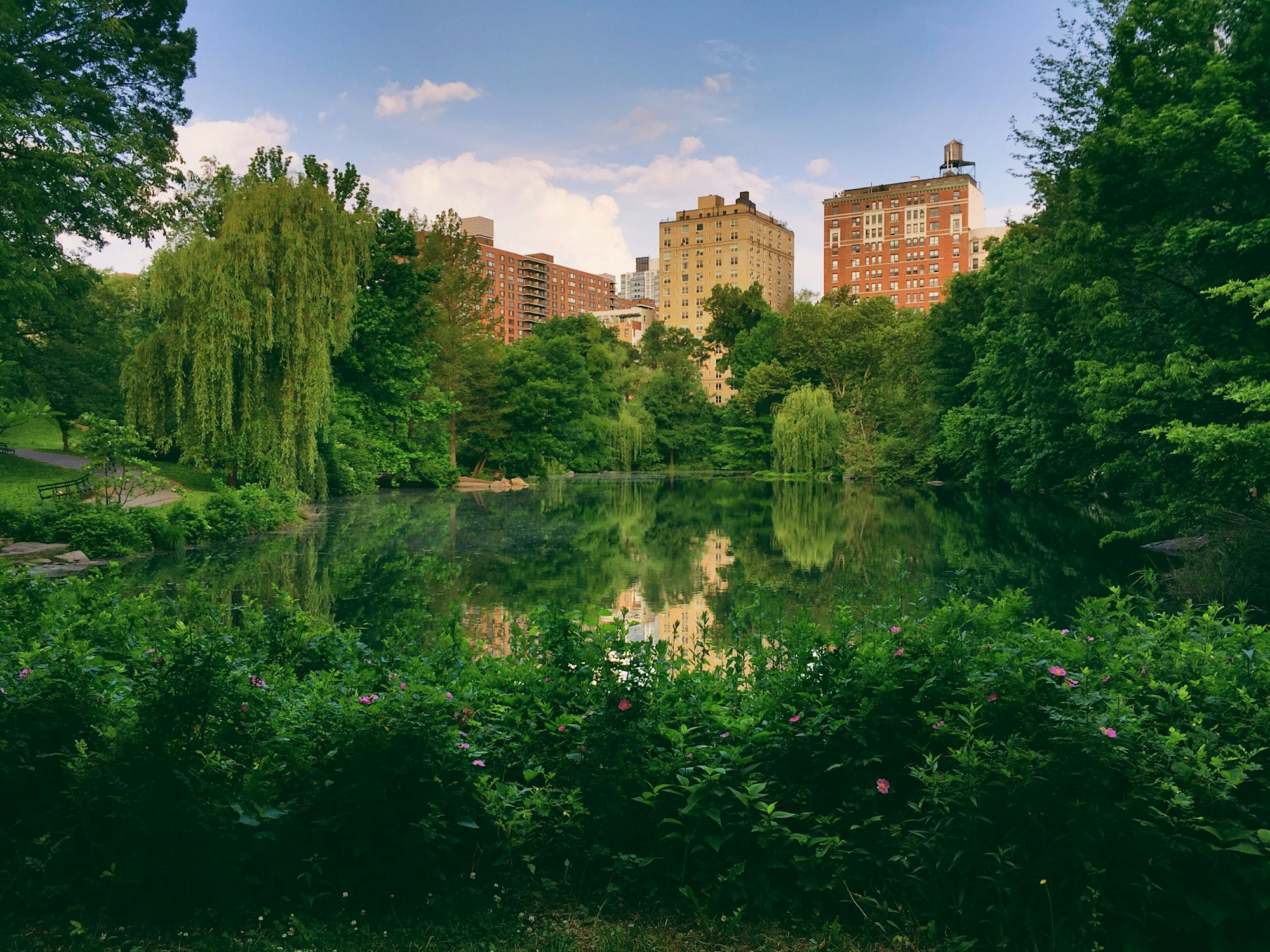
Looking to the future, the Central Park Conservancy has a number of plans to further improve the park's waterways. One major project is the restoration of the Central Park Reservoir, which has been drained since 1993. The restoration will include the creation of wetlands and a natural filtration system, which will help to improve the reservoir's water quality and provide important habitat for aquatic species.

Another future project is the expansion of the Harlem Meer. The Conservancy plans to create additional wetlands and other aquatic habitats around the Meer, which will provide important breeding and feeding grounds for a variety of wildlife species.
Overall, the Central Park Conservancy's conservation efforts and future plans demonstrate a commitment to preserving the park's aquatic landscape for future generations to enjoy. Through careful management and restoration, the park's waterways will continue to provide vital ecological and recreational benefits for both visitors and wildlife.
In conclusion, Central Park's waterways are an integral part of the park's ecosystem, providing important habitat for a variety of aquatic species and offering recreational opportunities for visitors. From the iconic Central Park Reservoir to the winding streams and ponds, the park's waterways offer a glimpse into the natural beauty of New York City. The Central Park Conservancy's conservation efforts and future plans demonstrate a commitment to preserving and enhancing the park's aquatic landscape, ensuring that it remains a vital part of the city's ecosystem for generations to come.
